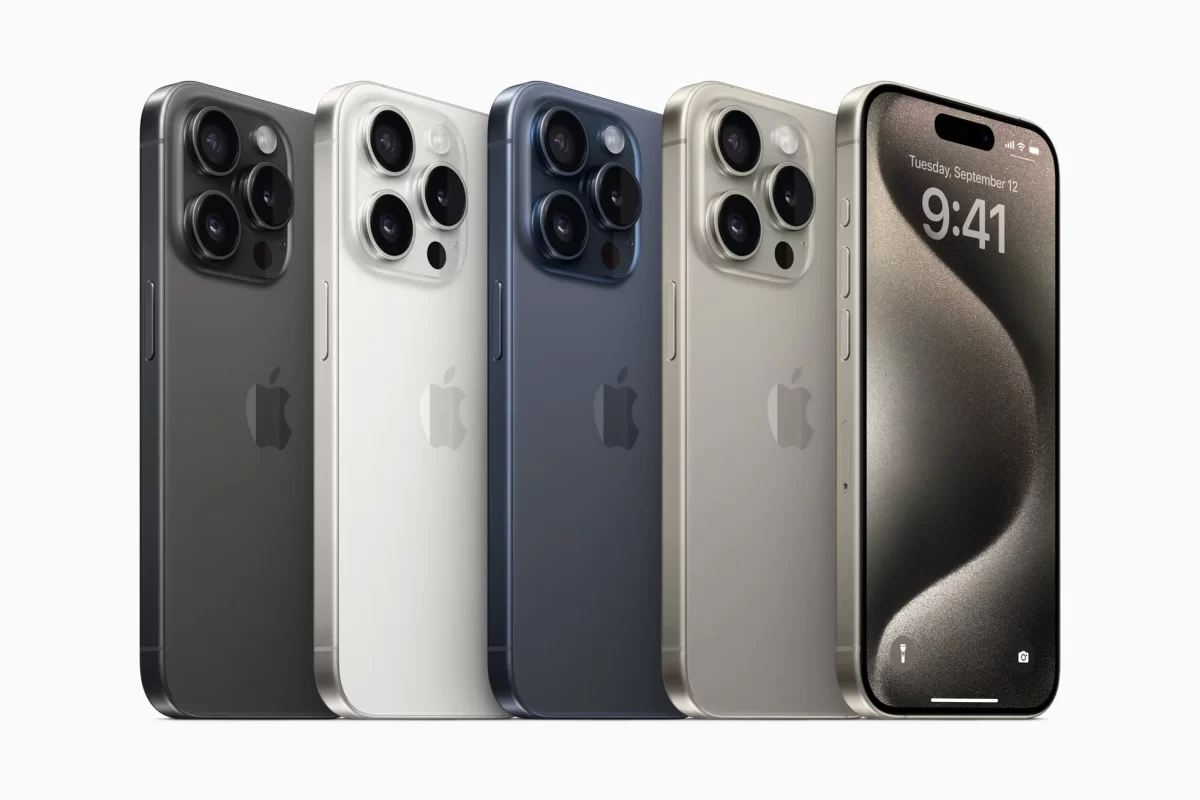Since Apple’s release of the iPhone 15 on September 22nd, popularity has soared. Its exciting new features and enhanced functions call back veteran Apple users, and economists are expecting sales to exceed those of the preceding iPhone 14. Of course, with the new iPhone comes new deals from many major telecom companies, and customers are quick to jump on free iPhone plans. But unfortunately, there’s no such thing as a free iPhone.
While the allure of owning the latest iPhone without an upfront cost is undeniable, a closer look at the prices can show that these seemingly free deals come with hidden expenses. According to The New York Times, here are the not-so-obvious losses a “free” iPhone can cost you in the long run:
Verizon
Verizon, one of the most prominent companies in the telecom industry, requires its users to choose the Unlimited Ultimate plan of $90-a-month for 36 months to get the latest iPhone 15 for free. While the initial appeal is evident, the total cost ultimately amounts to $3,240, which adds up to $300 dollars more than outright buying the iPhone 15 with a cheaper Verizon plan.
AT&T
Similarly, AT&T’s free iPhone plan costs $2,675 over the 3 year period. In contrast, purchasing the iPhone independently with a cheaper plan would cost $2,635 over the same time period. Although the loss may be subtle, it nevertheless disproves the notion of receiving a “free” iPhone from AT&T.
T-Mobile
T-Mobile Go5G’s promotion, coming with a “free” iPhone, demands $2,400 over two years. Although this is worth $160 more than buying the phone with a cheaper Essential plan at $60 a month, the Go5G plan includes subscriptions to Netflix and Apple TV+. This additional cost may be justified for users who may see the bundled services as favorable for an extra $160.
Apart from these financial losses, “free” iPhone plans require long-term commitment to a single service provider. Users are unable to switch to another plan during their contract period, which can be a considerable drawback for users who may find trouble with their new plans.
So, unfortunately, your “free” iPhone isn’t exactly free. In fact, it will end up costing you more in the long run. These seemingly advantageous promotions may be tempting, but remember to be cautious before committing to a choice— instead of investing unnecessary money on packages you may not use, make sure to consider the alternative, cheaper option.













































































































































